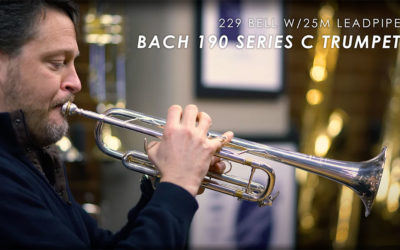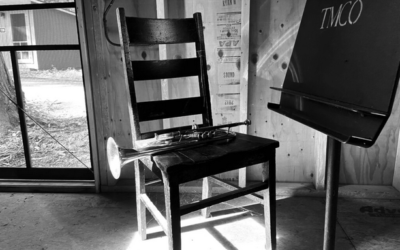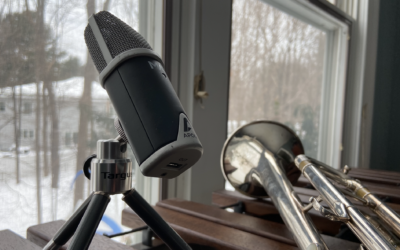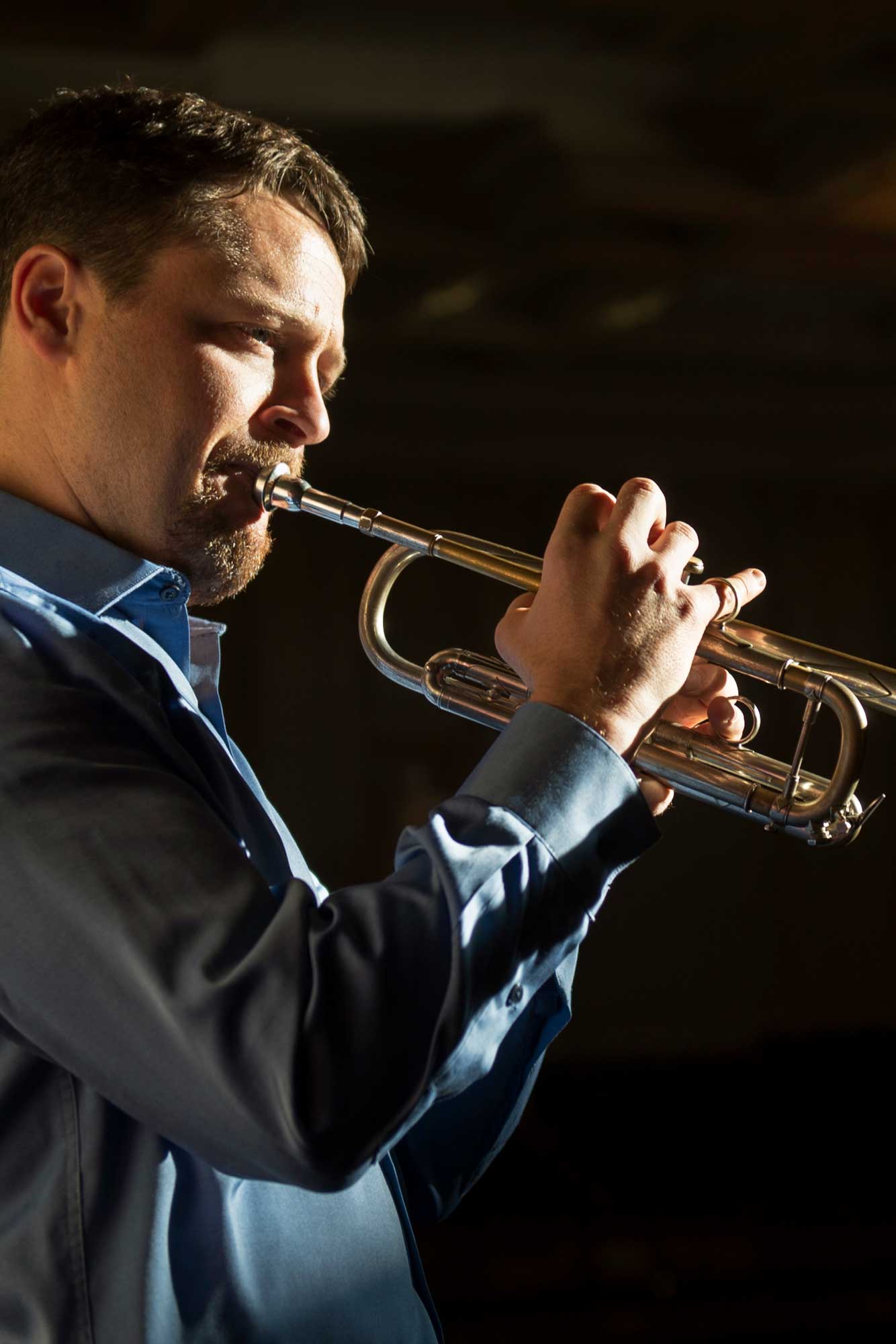
Sousa Hands Across the Sea Trumpet Part for Navy Band Audition

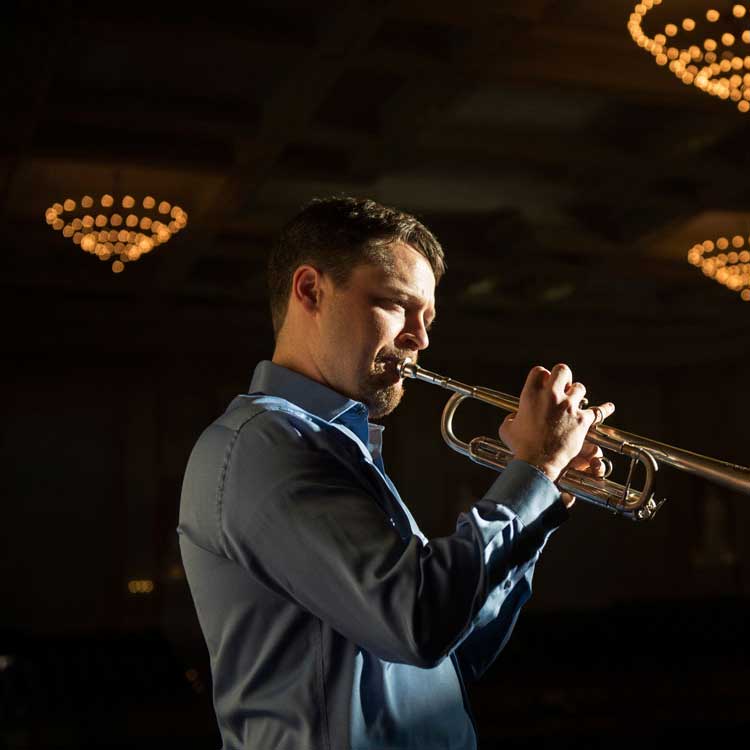
Written by Ben Wright
Do you ever wonder what, when, and how to practice? Learning to practice efficiently has taken me years but would have been faster if my teachers could have been in my practice space to help. This is the idea behind Practice Window Training.
Practice Windows are 5-minute videos recorded during a practice session. The idea is to capture a short clip of how you actually practice – it is not a performance. Practice Window Training™ is a 20-minute lesson, watching the Practice Window together, to create a more efficient, productive, and satisfying practice experience.
During the fall of 2019, my former student Bret Magliola was learning the material for the Navy band audition that he eventually would win. Hands Across the Sea came up and I MARGINALLY learned it in helping him prepare. This year, as the Navy Band announced another opening, I used the Practice Window Training on MYSELF to finally learn the Sousa. It seemed like the thing to do in helping my current crew as they made their recorded round auditions.
It was interesting for me to see how this worked in my own playing. I recorded the first session, was slightly perturbed at how inconsistent I was, and then got to work. Figuring out various things that were adding to those inconsistencies started to be kind of fun – I am not the kind of person to be satisfied with unanswered questions – especially when it comes to the trumpet.
Practice Windows are 5-minute videos recorded during a practice session. The idea is to capture a short clip of how you actually practice – it is not a performance. Practice Window Training™ is a 20-minute lesson, watching the Practice Window together, to create a more efficient, productive, and satisfying practice experience.
If you’d like to sign up for a practice window training with me click the button.
Related Articles
Related
How to Try & Buy The Perfect C Trumpet
I get a lot of questions from people asking what’s the best way to try trumpets. It is especially difficult when you’re younger to try trumpets effectively: and I would be a good example of that. I had a fairly bad c trumpet for all of my undergraduate years and into my first job. I was kind of left to my devices to choose my instrument and when you’re a little less consistent it’s harder to effectively choose an instrument that is right for you. That was why I ended up with a bit of a clunker!
Reframe and Redirect – A More Thoughtful Way to Practice
I had some fun writing this for Trumpet Magazine Online, a publication that has most of its following in Europe. I thank my students both in my T5 Mastercourse and the New England Conservatory and their hard work, which reminded me of these lessons – I often need to remind myself that they work for me too!.
How to Make Audition Recordings
What’s the biggest difference between a recorded audition and a live audition? You have the ABILITY (double edged sword here) to record it as many times as you want or have time to with a recorded audition. When it is live, you get one shot. Most of the recorded auditions now are being asked to be done straight-through, with no edits. This takes more planning and preparation than being able to record one selection at a time. It also gives us as the listeners a better overall idea of your playing.


